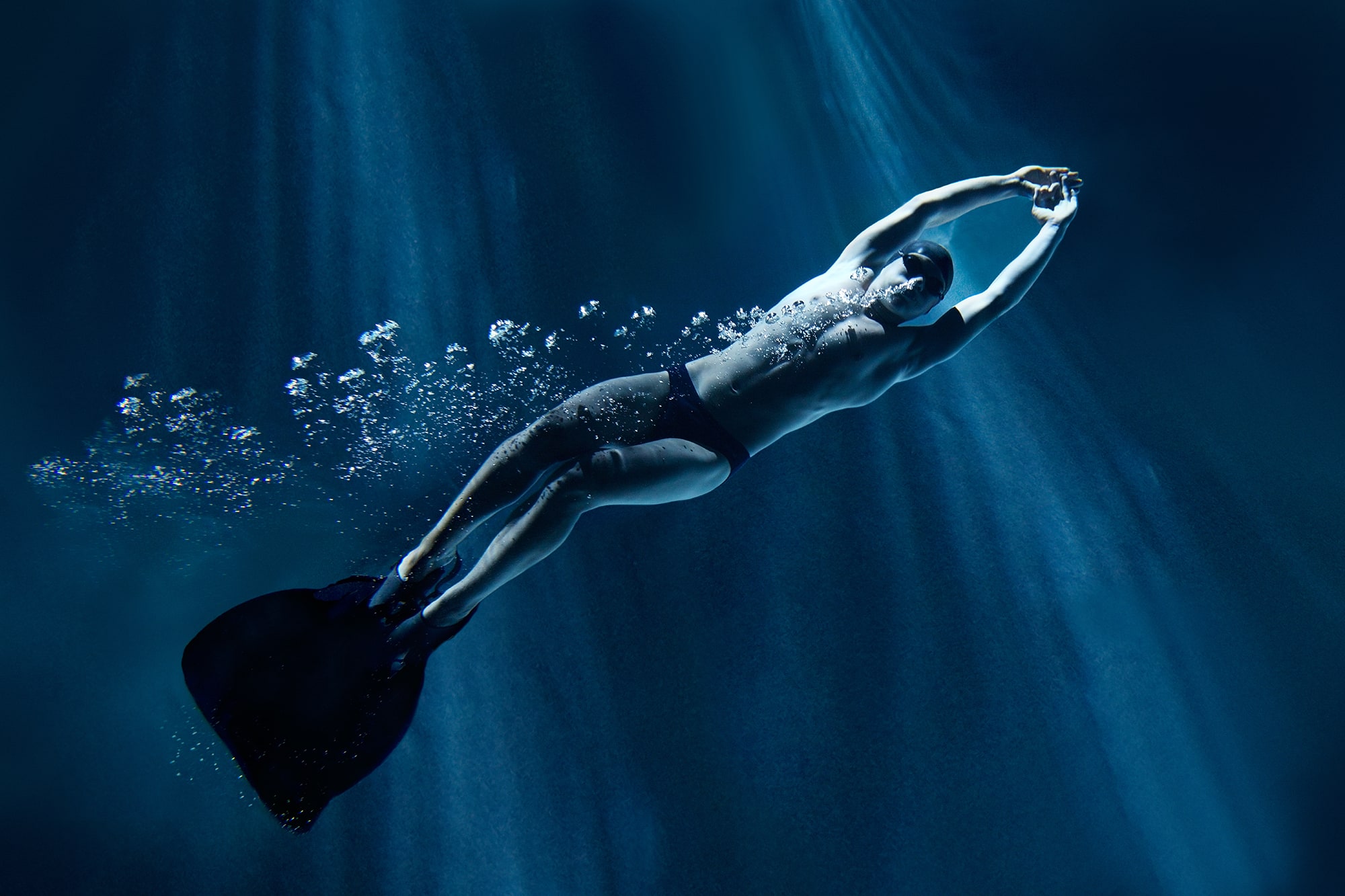Cerebral and Spinal Cord DCI
The dive vessel was seven hours from the nearest land. DAN helped enlist a rescue helicopter to evacuate the diver to the nearest hospital and hyperbaric facility.
The Diver
The diver was a 58-year-old male scuba instructor who had been certified for 30 years. Over the years, he had completed hundreds of dives, making more than 100 dives in the past year. While overweight for his height, he led an active lifestyle. He had a history of lower back pain, but took no medication other than occasional ibuprofen for relief.
The Dives
The diver took a weekend dive vacation on islands offshore from the United States. He made six dives in two days. On the first day, his deepest dive went to 110 feet (34 meters). This took in him into decompression. On the second day of diving he made three dives; the first two dives were to 100 feet (30 meters) and the third to no more than 81 feet (25 meters). All dives were multilevel; no decompression was required on the second day. On all dives, he used his dive computer, made safety stops, used compressed air and had no equipment problems or issues with ascents.
The Complications
About 20 minutes after surfacing from his last dive and removing his gear, he experienced a stomach cramplike ache in his abdomen; it gradually moved up his chest and encircled his lower trunk. Numbness and weakness in his left arm was followed by back pain. The boat crew noticed he showed increased levels of stress and was not able to communicate effectively. They immediately placed the diver on high-flow oxygen via face mask, then contacted DAN for assistance in arranging an evacuation to the U.S. mainland. The dive vessel was seven hours from the nearest land. DAN helped enlist a rescue helicopter to evacuate the diver to the nearest hospital and hyperbaric facility capable of caring for injured divers.
The Treatment
The diver reached hospital care approximately six hours after he had surfaced from his dive. At admission he had weakness of his legs and was unable to walk or stand, but he was communicative, and his stress level had markedly reduced. His abdominal pain and left arm numbness and weakness had almost cleared. Shortly after admission, he received a U.S. Navy Treatment Table 6 (see sidebar). He received a second Table 6 later the same day and a third Table 6 the following day. Each time he experienced some resolution of his symptoms. Ultimately, all symptoms resolved, except for his back pain. His final day of treatment consisted of two two-hour treatments to resolve his lower back pain. He received no further improvement in his back pain; he was discharged with continuing mild pain.
The Discussion
This is a case of serious paralytic form of decompression sickness (DCS), which sometimes leaves permanent disability. Neurological symptoms in this case resolved completely except for the diver's mild back pain, which seemed to have resulted from an irritation of an old injury. The diver's full recovery from his new symptoms may be due to the beneficial effects of surface oxygen he received early on board the dive boat and during his transportation to the hospital. He was fortunate to get assistance quickly enough to get a helicopter during daylight hours for transport over a considerable distance. It is difficult to predict outcomes in DCS cases involving paralysis, but rapid assessment, oxygen therapy and transport to a chamber within hours of symptoms certainly helped this diver. He was able to return to diving and teaching after waiting the suggested recovery time.
What's a Table 6?
A Table 6 treatment lasts a minimum of 4 hours and 45 minutes and is used whenever oxygen is available, because breathing oxygen while under pressure in a chamber helps speed the washout of nitrogen from tissues. The treatment time can be extended up to eight hours according to the severity of the symptoms. During these treatments the diver breathes 100 percent oxygen via a mask similar to what fighter pilots wear, or he will wear a clear hood that encapsulates the head. A Table 6 treatment begins with a "descent" to a pressure equivalent of 60 feet / 18m of seawater (fsw / msw). After the specified amount of time, the diver will be brought up to the pressure equivalent of 30 fsw / 9 msw at the rate of 1 fsw / O.3msw per minute. The longest part of the treatment is spent at 30 fsw / 9 msw. Following this, you are brought to surface pressure again at the rate of 1 fsw / O.3msw per minute. Follow-up treatments – generally shorter in duration – can be given if symptoms persist.

